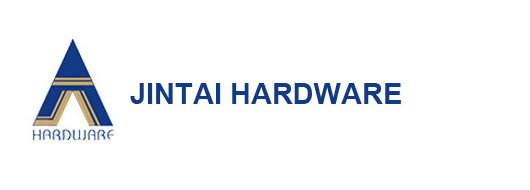Sliding bearings are mainly divided into integral bearings and split bearings. The repair method can be selected according to the following categories:
Integral bearing
(1) When the bearing hole is worn, the bearing hole is generally replaced and boring, reaming or scraping the bearing hole to repair; plastic deformation can also be used for repair, that is, shorten the bearing length and reduce the inner diameter.
(2) After the inner hole of the bearing without bearing bush is worn, it can be repaired by the insert sleeve method, that is, the bearing hole is large, pressed into the processed bearing bush, and then finished according to the journal to meet the matching requirements.
Release bearing
(1) The replacement of the bearing shell generally requires the replacement of a new bearing shell under the following conditions:
Scraping and running-in cannot save serious burn damage, large area tile burn damage, and large wear depth;
The bearing alloy of bearing bush is thinned to the limit size;
The bearing bush is severely cracked.
Serious wear and radial clearance is too large to adjust.
(2) During the operation of glued bearings, scratches or severe glueing (burning tiles) accidents often occur.
(3) Adjust the radial clearance bearing to increase the radial clearance due to wear, causing oil leakage, vibration, and accelerated wear.
(4) As the running time increases, the bearing wear gradually increases, the journal sinks, the contact angle increases, the lubrication condition deteriorates, and the wear intensifies.
(5) Repair welding and surfacing welding can be used when the bearing has defects such as wear, scratches, and fractures.
Use flat chisel, scraper and other tools to clean the parts that need repair welding, so that the surface is free of oil, residue and impurities, and reveals the metallic luster;
Use welding rod with the same material as the bearing, and repair the bearing by gas welding. The thickness of the welding layer is generally 2-3mm, and deeper defects can be repaired in multiple layers;
When the repair welding area is large, the bottom of the bearing can be immersed in water to cool, or run intermittently to allow cooling time;
After repair welding, rework is required. Partial repair welding can be done by manual trimming and scraping. Large area repair welding can be performed on the machine tool.
(6) When the sliding bearing wears out or fails seriously, repair welding or surfacing welding cannot meet the requirements. At this time, the bearing alloy needs to be poured again, which is a very common repair method.
Prepare before pouring, including necessary tools, materials and equipment, such as: fixtures and plates for fixing the bearing bush, bearing alloys of the same grade as required by the drawings, welding rods for tin powder and tin rods, and melting bearing alloys Heating furnace, crucible for bearing alloy, etc.
Before pouring, the old bearing alloy on the bearing bush should be melted. It can be baked with a torch or put into a crucible to melt the alloy.
Check and correct the back of the tile to make the inner surface of the back of the tile free of oxide and silver gray; make the geometric dimensions of the back of the tile meet the technical requirements; make the back of the tile expand before pouring to ensure that the back of the tile is affected by the cooling shrinkage after pouring The pedestal fits.
CATEGORIES
Latest news
- Ferrofluid Vacuum Feedthrough Seals us
- SF-1 Carbon Steel Self-lubricating Bea
- Ball transfer unit
- Motorcycle suspension bushing
- Bimetal Flange Bush Bearing
- Selection standard for dimension refer
Contact us
- ADD: No.503,Hunan International Commerce Center, Jintai Square,Changsha 410001,Hunan
- TEL: 86-731-84770165
- FAX: 86-731-84770163
- E-mail: sales2@slide-bearing.com

